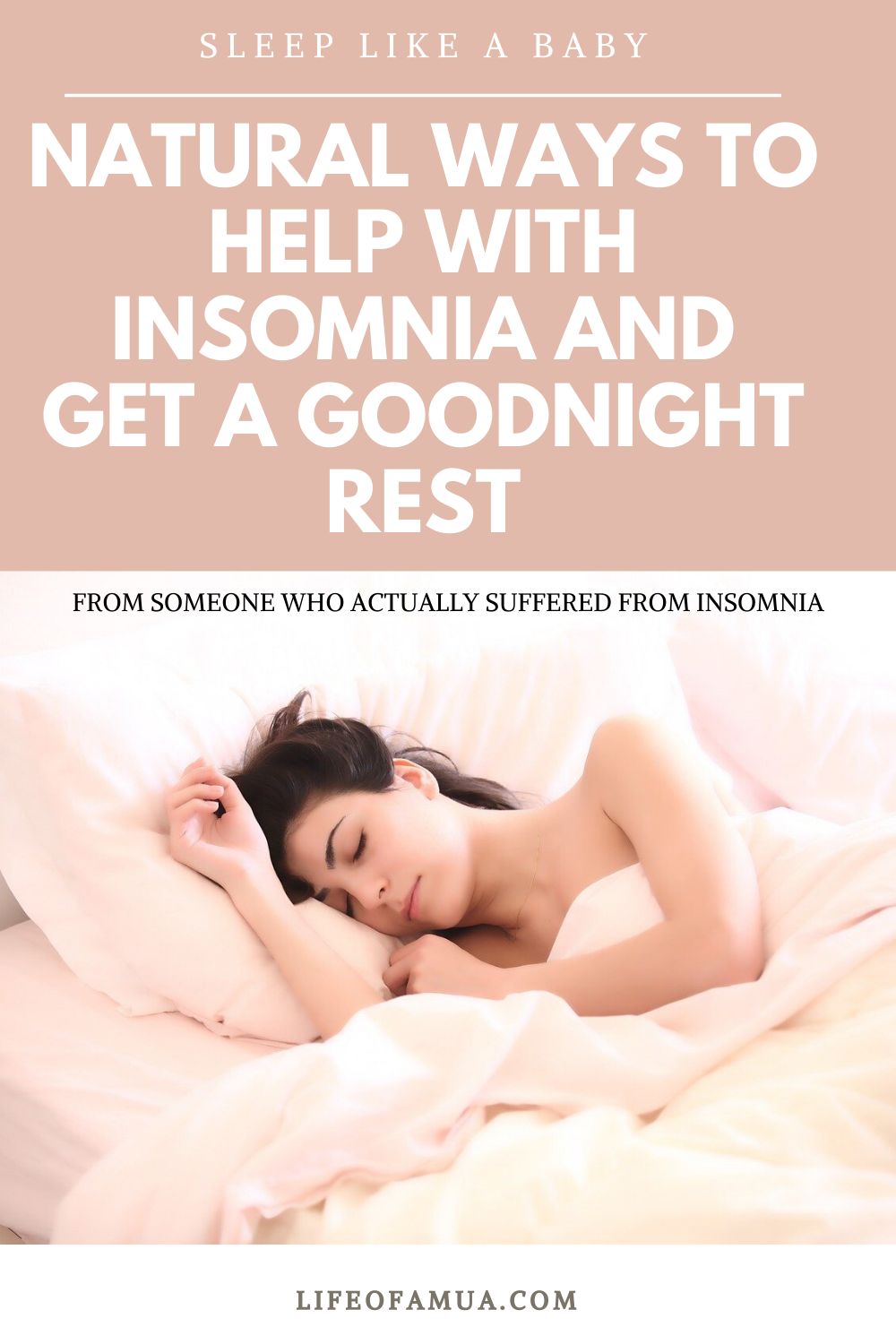

Usage of more than one class of medication increased the odds for having RLS.ĮSRD patients often receive medication intended for relief of conditions associated with their disease, such as depression and psychological issues, pruritus, and gastroparesis however, such medications may increase the risk of RLS. Results were unchanged when controlling for time on hemodialysis. All were associated with increased odds of an RLS diagnosis (range of odds ratios, 1.47–2.28 all p < 0.0001) during the period of observation. A total of 16,165 ESRD patients (3234 cases 12,931 age-, sex-, and race-matched controls) were studied.Īll four classes of “at-risk” medications see widespread use among patients in the USRDS. This was a case–control design within a national (United States) patient registry of all patients with end-stage renal disease (ESRD) in the USRDS anytime during the period of 1 October 2006 to 31 December 2010, inclusive. The objective of this study was to determine the association between the usage of four classes of “at-risk” medications (antidepressants, neuroleptics, antihistamines, and antiemetics with dopamine blockade) and restless legs syndrome (RLS) in dialysis patients within the United States Renal Data System (USRDS).

The safety and efficacy data of hypnotics for primary sleep disorders are limited in pediatrics and should be avoided or used with extreme caution in children with comorbid sleep and psychiatric problems. The use of psychotropic medications such as selective serotonin reuptake inhibitors for the treatment of primary psychiatric disorder often alleviate the psychological barriers for sleep but may lead to emergence of other sleep issues such as restless leg syndrome. Early identification of sleep disturbances and behavioral management using cognitive behavior therapy–based tools appear to be the most effective approach for treatment. The intervention studies using pharmaceutical treatment specifically focusing on sleep disturbances in psychiatric disorders are also sparse in the pediatric literature. However, the research using objective instruments such as polysomnography and actigraphy remains limited in youth with psychiatric disorders.
#Fluoxetine insomnia help series#
The research ranging from small intervention case series to large epidemiologic studies have demonstrated the role of specific sleep complaints in specific psychiatric diagnoses. The interaction between sleep and psychopathology is very complex with significant interrelationship in development, severity, and prognosis of psychiatric disorders and comorbid sleep disturbances. Although sleep is not included in key defining criteria of some impairing illnesses such as obsessive-compulsive disorder and schizophrenia, these disorders present with a very high prevalence of sleep disturbances. Sleep disturbances are common in pediatric psychiatric disorders and constitute key elements in diagnostic symptomatology of various primary psychiatric disorders including bipolar disorder, depression, and anxiety disorder. We conclude that a higher incidence of PLMD and frequent transient arousals associated with eye movements may be responsible in part for the complaint of insomnia made by patients treated with fluoxetine. In addition, clinically significant periodic limb movement disorder (PLMD) was observed in 44% of the fluoxetine-treated group versus none of the control group. Eye movement and arousal counts were significantly correlated. The fluoxetine group experienced a lower-average sleep efficiency index (SEI) and significantly more eye movements and arousals during non-REM sleep than the control group. Nine depressed patients treated with 10 to 80 mg of fluoxetine and six unmedicated, depressed patients were studied polysomnographically on two consecutive nights during which sleep parameters, transient arousals, and eye movements were measured. However, the relationship between these PSG features and sleep disruption is unclear. Abnormal polysomnographic (PSG) features, most notably increased electromyographic (EMG) tone and eye movements during non-REM sleep have been observed during sleep in fluoxetine-treated depressed patients.


 0 kommentar(er)
0 kommentar(er)
